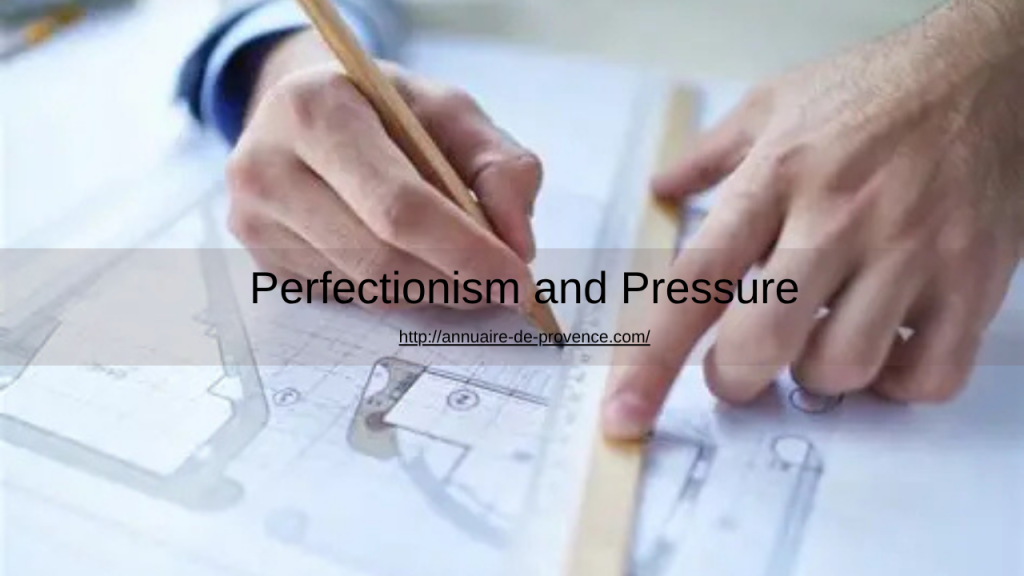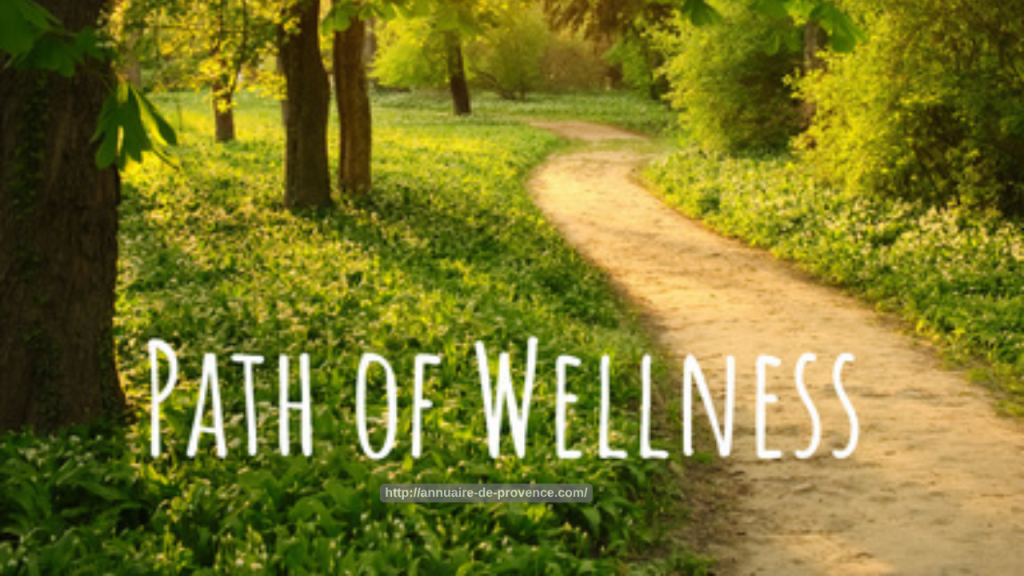
Architecture is a profession admired for its creativity, precision, and lasting impact on the world around us. Behind every structure is an architect balancing artistic vision with technical accuracy, client expectations, and strict deadlines. While the results are inspiring, the process can be emotionally demanding. The hidden pressure of design often places architects at higher risk for stress-related mental health challenges and addiction. At Annuaire de Provence, we recognize these challenges and provide compassionate, individualized care that supports recovery at every level.
Why Architecture Carries Hidden Emotional Pressure
Constant Performance Expectations
Architects work in an environment where mistakes can be costly and visibility is high. Designs are reviewed, revised, and critiqued repeatedly. This constant evaluation creates pressure to perform at peak levels at all times. Over months or years, this stress can quietly erode emotional well-being, even among highly skilled professionals.
Creativity Under Tight Deadlines
Creativity does not always thrive under pressure, yet architects are expected to innovate on demand. Tight timelines and complex requirements often force creative problem-solving late into the night. When mental fatigue sets in, some individuals turn to substances to stay focused or to relax after intense workdays.
Long Hours and Limited Recovery Time
Extended workdays and weekend hours are common in architecture. These patterns reduce opportunities for rest, exercise, and meaningful relationships. Without adequate recovery time, stress accumulates and coping resources diminish. Over time, substance use may feel like a manageable solution to exhaustion or anxiety.
How Addiction Can Develop in Architectural Careers
Stress as a Gateway
Chronic stress is one of the strongest risk factors for addiction. Alcohol, stimulants, or prescription medications may initially seem helpful for managing workload or emotional strain. However, repeated reliance can lead to tolerance and dependency, affecting health, relationships, and professional performance.
Professional Stigma and Silence
Many architects hesitate to speak openly about mental health or addiction. There is often fear that seeking help could harm reputation or career advancement. This silence allows addiction to progress unnoticed, delaying treatment until consequences become severe.
Identity Tied to Achievement
Architecture is more than a job for many professionals. It is a core part of identity. When stress or addiction threatens performance, feelings of shame and fear intensify. This emotional conflict can deepen substance use rather than encourage recovery.
Recognizing Early Warning Signs
Behavioral Changes
Early signs may include increased irritability, missed deadlines, withdrawal from colleagues, or reliance on substances to manage daily tasks. These changes are often subtle but meaningful indicators that support may be needed.
Emotional and Physical Symptoms
Persistent anxiety, low motivation, disrupted sleep, and chronic fatigue are common warning signs. Physical symptoms such as headaches or frequent illness may also appear. Recognizing these signals early allows for timely intervention and better outcomes.
A Holistic Path to Healing and Recovery
Treating the Whole Person
At Annuaire de Provence, we believe effective recovery addresses more than substance use alone. Our holistic approach integrates mental health treatment, physical wellness, and emotional healing. Therapy, mindfulness practices, nutrition support, and stress management tools work together to restore balance.
Faith-Based and Individualized Care
For those who seek spiritual support, our faith-based programs offer guidance, reflection, and renewed purpose. Combined with individualized treatment plans, this approach helps architects rebuild confidence and resilience while honoring their personal values.
Flexible Inpatient and Outpatient Options
We offer both inpatient and outpatient care to meet different needs. Inpatient programs provide structured support for intensive healing, while outpatient care allows professionals to continue working while receiving treatment. This flexibility is especially valuable for individuals balancing recovery with demanding careers.
Moving Forward With Support and Hope
Addiction in architecture is not a personal failure. It is often the result of prolonged stress, hidden pressure, and limited support. With the right care, recovery is achievable, and professional passion can be renewed in healthier ways.
At Annuaire de Provence, our compassionate team is dedicated to helping architects and other professionals heal through holistic, faith-based, and personalized treatment.
If you or someone you care about is struggling with stress or addiction, do not wait. Reach out today and take the first step toward balance, clarity, and lasting recovery.








